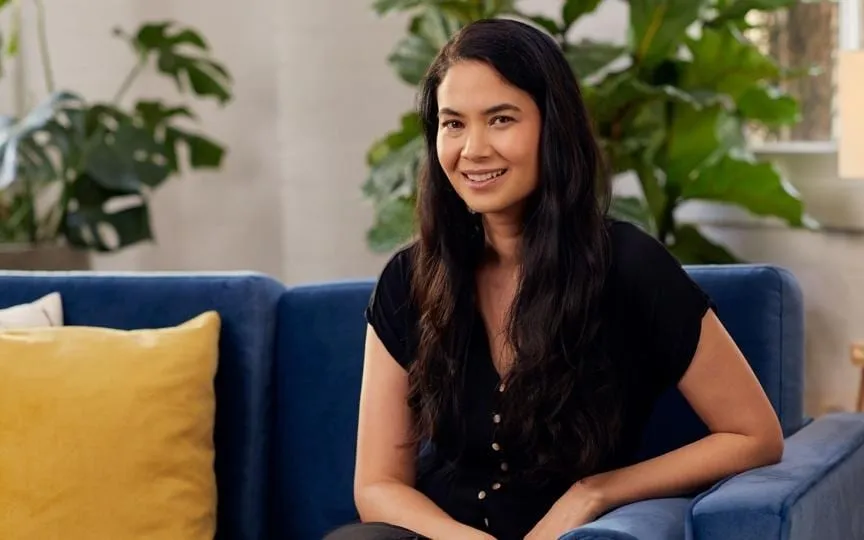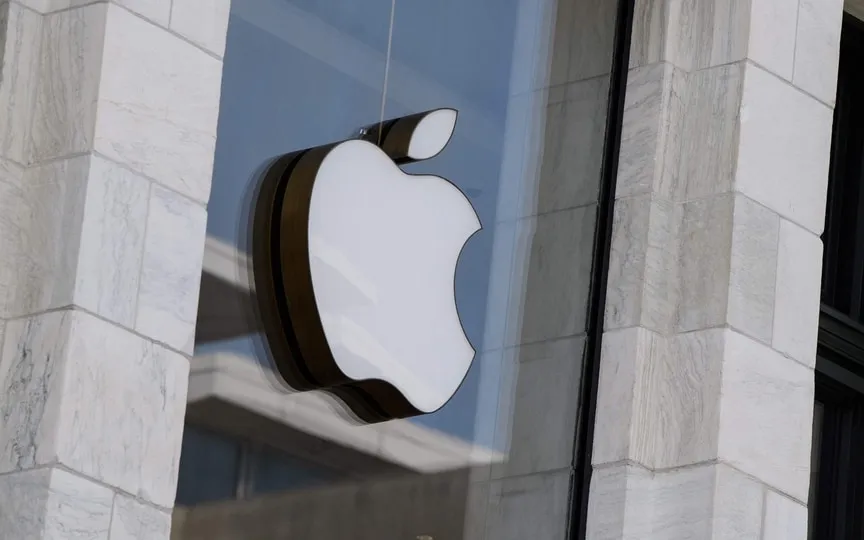Canva CEO Melanie Perkins Explains How AI is Enhancing Productivity
Melanie Perkins, the 36-year-old co-founder and CEO of Canva, a multi-platform designing suite based in Australia, has a distinctive approach to running a tech company. She prefers to make early investments in technology trends and the individuals who will utilize that technology, setting her apart from competitors who prioritize premium subscriptions as a measure of success.
“We believe that people should be able to design, and they should be able to design completely for free, regardless of their financial circumstances,” Melanie Perkins, who is the founder and CEO of Canva, describes the premise that defines the structure of the design suite. which has become incredibly popular over time. The competition has been fierce when it comes to Canva. Adobe’s Creative Cloud, Prezi and Fotor come to mind.
An Australian technology executive tells HT that Canva is designed to be accessible and useful to users who might be looking for tools to complete a school assignment or apply for a resume for their first job. Two demographics that may not always have purchasing power on their side. The numbers testify to a successful approach so far, the foundation on which the new Magic Studio tools are built.
Canva’s annual revenue is $1.7 billion. The web and mobile applications have 150 million monthly active users, of which 16 million are paying subscribers.
It’s one of the most versatile design tools out there, even at the free tier (although there’s the even more powerful Canva Pro, which costs ₹3,999 per year). The strategy has worked well, as the numbers show. “We’ve been very conscious of not introducing a new level, so it’s all in our existing products,” Perkins confirms, as the new Magic Studio comes to town.
Canva added 65 million users in the last year alone.
This long-term vision is also evident with the latest major updates now available to all users. The new Magic Studio adds ten new AI-based tools for image and video editing, presentations, translators, and new privacy options. Much of it is one-click functionality, as you’d expect from well-implemented generative AI.
For example, translating a show into different languages, including many Indian languages like Hindi. Perkins validates translated works in more than 100 languages worldwide.
Also, text-to-image is a generative AI tool that has become very popular. Microsoft’s Bing AI image creator, OpenAI’s Dall E, Adobe Firefly, and Midjourney are some well-known examples.
Canva stays true to its heritage, even as new AI tools bring the next step.
“When we explained the concept of Canva more than a decade ago, we said that the design industry was extraordinarily fragmented,” says Perkins. “People would have to go to different products to get stock photos, to get templates, layouts and fonts. And you need to use different programs for presentations, websites, social media graphics, marketing materials and videos. Our whole starting point was to integrate into one platform,” he adds.
Much of the new Magic Studio’s extensive AI integration is also available to users who have not subscribed to a premium subscription, i.e. to users on the free tier.
Some of the tools that caught our attention are Magic Grab (turns a photo object into an editable element, for example editing or repositioning), Magic Expand (uses AI to retrieve image data from outside the frame, change orientation), Magic Edit (text prompt to add, change or replace image elements) and Magic Switch (automatic translation of design or presentation text).
In terms of language support, features like Magic Media, Magic Expand, Magic Grab, Magic Morph and Magic Edit have extensive support for languages spoken in different parts of India – Assamese, Gujarati, Hindi, Kannada, Maithili, Malayalam, Marathi, Punjabi, Sindhi, Tamil and Telugu .
A big plus is also a marketplace for third-party apps, meaning Canva users have better access to creative AI tools like Dall-E, Imagen by Google, MurfAI, and Soundraw. This is part of Perkins’ vision for “deep, deep integration” to make Canvas more versatile for users.
“We natively integrate an incredible number of products that our team has been working on for several years. And it’s exceptionally exciting and a lot of first-party integrations. But if you happen to love Dall-E or Google’s Image, you can also integrate it as an app into the Canva ecosystem” , he says.
It’s not just imaging intelligence, but Canva is steadily making strides towards relevance for video creation and editing, as well as productivity-focused tasks, including designing presentations, adding animations, and using AI to create social media posts or even newsletters.
“A 10-year investment in a complete visual end-to-end, from documents to presentations, websites, videos and print products, is now supercharged with AI. I think we’ve always focused on filling a huge gap in the market, and that’s what we’ve done over the last decade,” Perkins is proud of what Canva continues.
While striving to expand Canva’s range with a new product package powered by generative artificial intelligence, Perkins has not forgotten the need to responsibly implement artificially intelligent tools.
“We have invested exceptionally heavily in Canva’s trust and security aspects. That has been an incredibly important aspect. We introduced something called Canva Shield that helps bring together all the aspects that businesses really care about, he says. “So by making sure our business customers are compensated, we’re ensuring proper traceability. Trust and security guarantees that allow the business to control its own data and privacy,” Perkins adds.
Canva Shield, for individual and business users, brings controls to deny access to data. Options include opting out of data sharing to improve Canva’s AI capabilities, or sharing content you create as part of a dataset to improve machine learning for future deployment.
Perkins details the Creator Compensation program, a $200 million commitment over the next three years that will be paid to a community of creators who agree to use their content to train their own AI models. The default setting is “opt out”, which means sharing data requires a manual exchange to obtain consent. “Unsurprisingly, many choose to do that,” he notes with a smile that reflects relief at the level of trust users place in the privacy systems Canva has in place.
“Like reporting to make sure you know if we’re constantly improving the systems, automatic content monitoring, blocking terms and a lot of things we’ve had to invest very deeply in to make sure it’s your trust,” he says.
I asked Melanie Perkins about her views on responsible AI and regulation. He is very clear that the first step for platforms to do this is to ensure that AI tools are not used for what he calls “nefarious purposes”.
He explains how Canva, which has 150 million monthly active users, is increasing the pressure to make sure they are conscientious. For example, people’s names don’t pass through Magic Write filters, and none of the tools allow medical advice to be passed through content created in Canva’s updated software.




